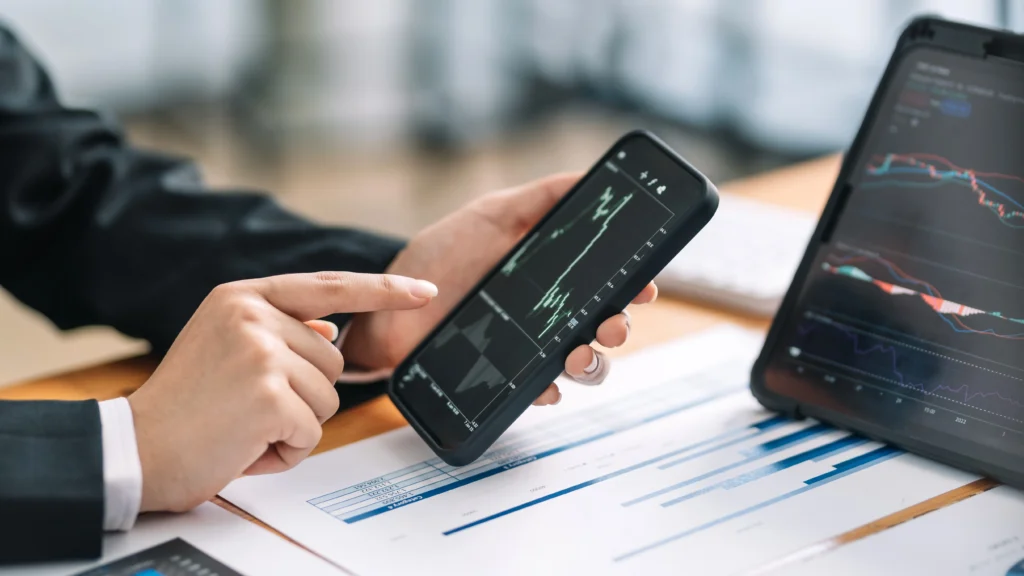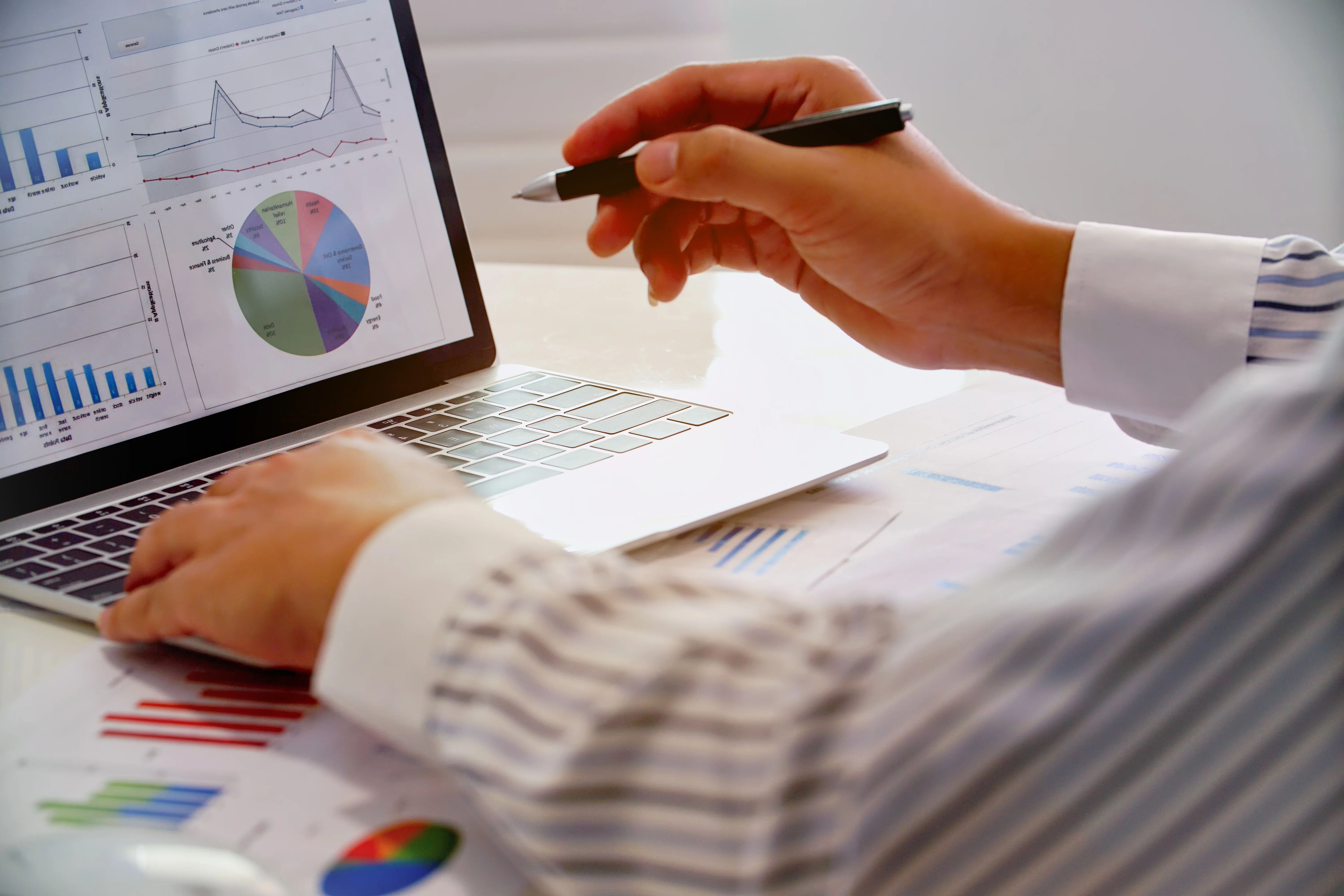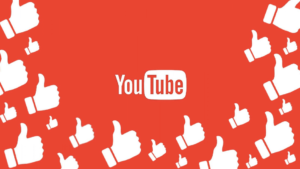Every day more and more people are posting all kinds of information on their social profiles. All the data that can be extracted through social listening or active listening in social media can be very beneficial.
But first, let’s explain what social listening is and how you can benefit from it.
Social listening: what is it?
It is a process of observing online conversations and identifying and subtracting data from the various platforms on a particular topic. This can be about a brand, a product or service, a socio-political event or anything else.
All the information that is collected is analyzed to find trends and industry demands that are very useful for companies to understand the consumer’s mindset, how they see their brand and what their position is in the market. In this way, it is of great help for product development processes, marketing and advertising, commercial operations and other departments of a company.
This methodology has the advantage of being able to know what the population thinks and says about a specific topic without them knowing that they are being monitored, so the results are more natural and therefore more effective.
But let’s take an example to show more clearly how social listening can be applied to a brand’s strategy.
Ben & Jerry’s and the New York snowstorm
Knowing which is the season of the year where most ice cream is consumed, it is logical that a company like Ben & Jerry’s invests more advertising budget in social media during the summer and the sunny and hot days of the year. It’s a pretty sensible strategy, add to that a snowstorm hitting New York City, and it’s only common sense that the advertising budget should be maintained or even reduced. Because who’s going to want ice cream during such a snowfall?
Surprisingly, during the weekend that the advertising campaign was active, click-through rates skyrocketed and with them, sales of their products.
How is this possible?
With the help of a social listening tool, Ben & Jerry’s figured it out quickly. We explain.
Observing mentions of their products on social media like Twitter and Instagram, something happened that caught their attention: there was a spike when it was raining and the weather was bad. Thanks to consumer digital intelligence, they combined two sources of data, meteorological and social, and realized that when the rain forced people to stay at home watching TV, they wanted ice cream to accompany the moment.
The brand’s strategy changed when they got their hands on all this information. Their new marketing plan would be to look for rain and sunshine in the forecasts. In fact, they created an ice cream flavor in line with the situation: “Netflix & Chill’d”.

The development of the strategy was possible thanks to the approach that social listening provided. With this tool, it was possible to carry out brand management, monitor the consumer-product relationship and influence product design.
Do you realize how powerful social listening is?
Social listening, analysis and intelligence: Main differences
Once we are clear about the definition of social listening, we would like to explain the differences between these terms as it can lead to confusion.
Social media analysis
We talk about the analysis of social networks when we refer to the process of analyzing the data that is extracted, with tools such as Atribus.
It consists of finding the relevant information from the data provided to us, such as: what the population thinks of your brand, which influencers are talking about your company or your product, where people are talking about your brand, and so on. For this purpose, tools are used to analyze topics and sentiments, pages or authors. This term is also referred to when talking about social network monitoring or social listening. Since the analytical part is necessary in these phases.
Intelligence in social media
Social media intelligence is known as the knowledge or insight that is gleaned through the analysis of social media data. For example, discovering that your customers don’t like part of the product you are offering them. In this way, it is possible to provide useful information to the product development team.
Another practical case of the application of social media intelligence can be discovering that your target audience likes hip hop the most, a fact that can help you develop your marketing strategy.
Therefore, we understand that it consists of providing useful and efficient information, the result of the analysis of data extracted from social networks, for business decision making. In fact, we can also find it referred to as social business intelligence.
Can social listening be used in any company?
The answer is yes. Virtually any company or organization can use social listening tools, since there are conversations on any topic in the networks.
B2B companies
One of the great utilities of social listening in the case of B2B companies is the comparative analysis of the competition and to know potential customers in a more optimal way. With this tool it is possible to identify the reputation of the competition or industry trends.
Behind every business department there are people, and if your company sells to another company, you will need to connect with those workers. With social listening you can find out who the decision-makers are and what they are interested in, to improve your brand strategy.
B2C Companies
In this case, social listening provides you with a wealth of useful information about how your customers feel about your product or your company. Did your consumers like the new product you just launched on the market? By analyzing online conversations you can find out.
Not only that, but you can also build a profile of your ideal customer, learning more about their demographics, interests and behavior.
Charity organizations
Whatever the reason for their struggle and work, charities can also make use of social listening. This tool can be used to gain perspective on socio-political issues of interest or concern to society and, in this way, be able to act by bringing this information to the table.
Many charities take advantage of what social listening offers them. Another great use that can be given is to know the reputation of the organization and whether it is able to attract new audiences and potential donors.

Financial sector
There is no end to the amount of useful information on investment decisions that social listening provides. Unlike how it has been done traditionally, where the process takes months to close because of how costly it is, with this tool it is possible to gather large-scale information about consumers and, to top it off, in real time.
The Government
Government departments can also benefit from social listening. With it, they can learn the opinions of citizens on new policies or strategies to be implemented.
There are many examples of governments that have developed their political strategies with the help of this tool. For example, to promote a tourism plan, knowing what interests can attract more tourists, what services the country can offer and so on.
How can you use social listening
To carry out social listening you need to use a specific tool or platform. It is true that there are some basic things you can do with Google Alerts, such as tracking mentions of specific terms in a superficial way.
With our Atribus platform you can enjoy everything you need for social listening. If you want more information, do not hesitate to contact our team. Although it is true that there are free alternatives, you will only be able to obtain superficial information compared to a paid option that will help you to know better your customers and the sector in which you move.
Having all this clear, let’s now clarify some questions that may arise.
What are your objectives?
That is, what do you want to measure? As we have explained above, social listening provides a wide variety of things you can do with its use. From knowing the opinion that your consumers have about your product, to foreseeing possible crises that may affect your brand.
The first thing you have to analyze is whether you want it to be part of an ongoing strategy or just use it on an ad hoc basis, i.e., looking for the answer to a specific question. Some examples of what active listening can offer you are: brand health and reputation; campaign performance tracking; industry trends; competitor research; crisis management; content creation; consumer profiling with demographic data.
What data will you need?
Once the objectives have been laid out on the table, it’s time to clarify what data you will need, keeping in mind at all times the heads of the different departments of your company involved.
That is to say, the customer service department will know the usual topics of conversation of consumers, just as the development department knows what potential customers like to hear.
We recommend you to have a good communication to create a list of useful data to achieve the set goals. And with this data you can set the parameters of the data collection to be carried out. For example, look for mentions of your brand.
How much data is needed?
Another important step in the use of social listening is to establish how long we are going to be listening socially.
Depending on certain projects it will be one time or another, as in the case of customer service where this will be continuous. You will have to ask yourself questions such as, for example, if you want data from your country or from all over the world; if you only want to focus on Twitter or on all social networks.
Your objectives will determine all of this, but it is important to cover a useful period of time, as you cannot identify trends in just one week.

How to use social listening data
There are many reasons that can lead you to make use of social listening, it is impossible to cover them all in this post. Even so, we want to give you some general advice on how to use this data.
Information away from the noise
The amount of data we can extract from social listening can be limitless, for that reason, it is likely that noisy data will be collected that is not relevant to the objectives we have set for ourselves.
First of all, what we recommend you do is to manually check everything that has been retrieved. Obviously it will not be necessary to look at the data one by one, but it is true that if something is not right, you will be able to detect it. For example, if the British soccer team, Chelsea, wants to collect its mentions on social networks, mentions of “Chelsea” will be collected, including the location, the TV program Made in Chelsea and people with the same name.
In order to filter this data, you just have to redefine it. That is, we will only collect mentions in which the word soccer is mentioned within the five words of Chelsea. It is also possible to include hashtags related to the sports team.
That’s when we’ll get our aim right. Our advice is not to take for granted the first data provided to you. This is a process of constant refinement, you have to check and test the results before considering them useful.
Analysis of collected data
At the beginning, it can be difficult to know where to start, especially considering the large volume of data that social listening provides. Little by little, we may be able to interpret and analyze the information.
We would need another blog post to be able to advise you more extensively on how to analyze the data, still, we want you to know some common things to look out for. These are: changes in sentiment, differences in conversation about specific products, sudden peaks and troughs in the volume of mentions, conclusions that go against what we had previously assumed, or seasonal trends.

Track data continuously
If you have decided that you are going to collect data over a long period of time, we recommend that you keep track of it constantly. Why? In the event that you have collected erroneous data, it is better to realize it as soon as possible.
With the involvement of all departments in your company, it will be easier to obtain the information needed to detect any problems. Our recommendation is to always check your results and update what you are tracking. If a new competitor appears or a new product is launched, your brand will need to collect data that covers the situation.
The power of social listening
Once again, and by way of conclusion, it has become clear that social listening is an extra advantage for brand strategies, since the information they can get is unlimited for the different departments of a company.
If you would like to receive more information, do not hesitate to contact us.




